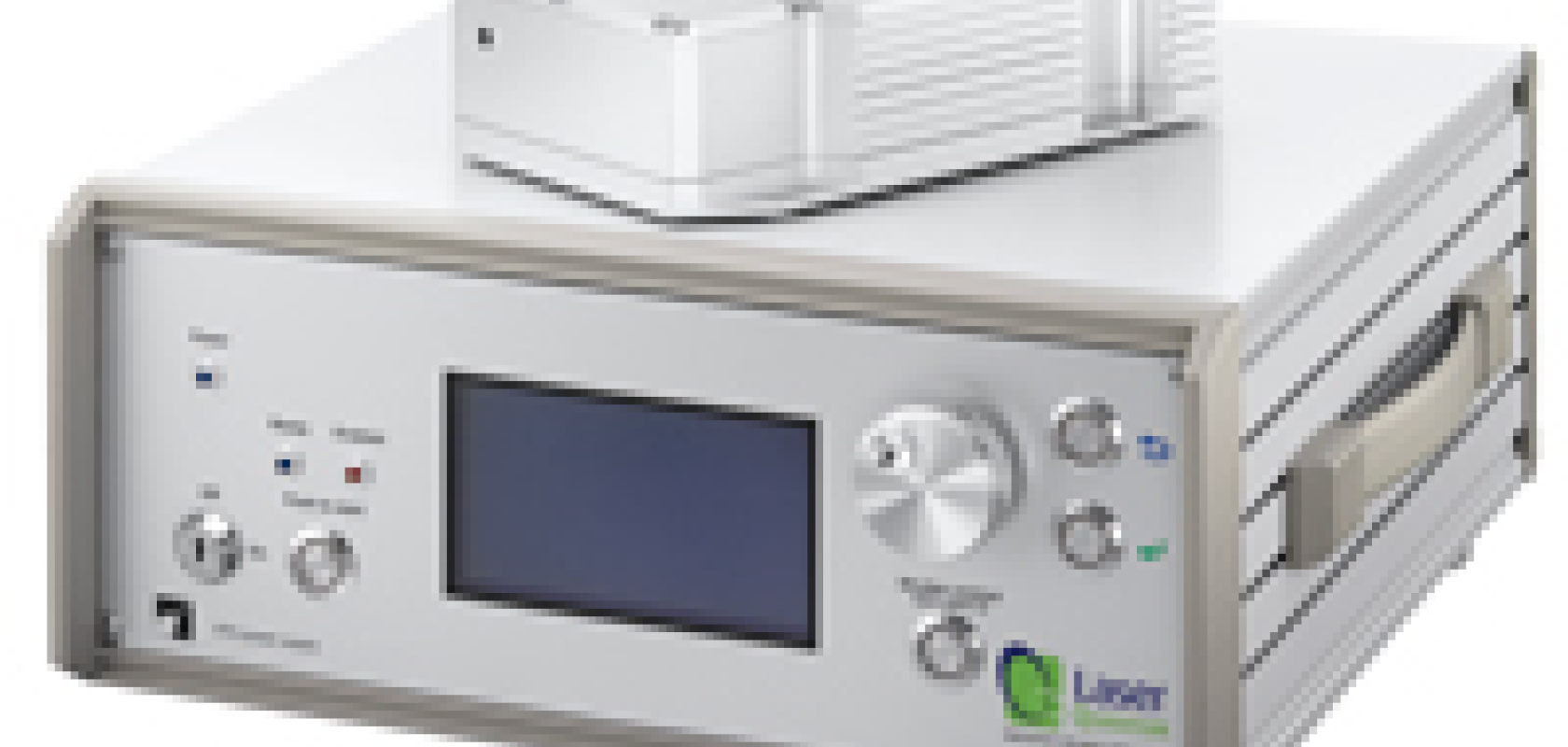CEO/CEP stabilisation of Ti:sapphire femtosecond lasers without AOM

Introduction
The light emitted by a mode-locked femtosecond laser constitutes a strictly regular comb of optical frequencies whose values fn are precisely defined by a very simple equation: fn = f0+ n × fR, where n is the integer mode index, fR is the laser repetition rate defining the mode spacing and fo is an offset of the ‘frequency comb’ from the harmonics of fR, also referred to as carrier-envelope offset (CEO) frequency. The CEO frequency is generally non-zero resulting from the fact that group and phase-velocity inside the laser are not the same and hence the phase of the electric field oscillations under the ultra-short pulse envelope, also called carrier-envelope phase (CEP), slips at a rate given by f0. The realisation of this very simple concept has led to the development of ground-breaking new techniques in the physical sciences, amongst the most important ones optical frequency metrology based on femtosecond laser frequency combs as well as the precise control of the CEP of ultra-short pulses (as shown in figure 1) and subsequently the generation of single attosecond pulses of light. Not in the least, the concept has earned Theodor Hänsch and John L. Hall the 2005 Physics Nobel Prize.

Figure 1: The CEP offset of a frequency comb

Figure 2: Schematic of nested control loops in finesse pure CEP

Figure 3: finesse pure used in CEP system without the need for an AOM
Most applications of optical frequency combs require that the comb is stabilised in both degrees of freedom, f0 and fR. While stabilisation of the repetition rate is rather straightforward by detecting the pulse-train with a sufficiently fast photodiode and acting on the cavity length in a control loop via a high bandwidth piezo, stabilisation of the offset frequency requires somewhat more sophisticated measures. Measurement of f0 is usually done via the so-called self-referencing technique. Adjustment requires that the difference between group and phase-velocity in the laser is altered and the most established method of doing so is by modulating the optical pump power to the laser. Traditionally, the 532nm pump lasers from various commercial suppliers used to pump the widespread Ti:sapphire frequency combs provided no modulation input port and hence researchers had to use external AOMs. While these have worked well for many years, there are several disadvantages they can have. They add cost and complexity to the setup, depending on the choice of material they can cause thermal lensing which in turn adversely affect the mode-locked laser performance, and finally their modulation bandwidth is limited to around 80kHz at best. Especially the latter prevents the application of more feedback loop gain that could mean a significant step forward towards a significant reduction of residual carrier-envelope phase noise (CEP noise).
Laser Quantum’s finesse pure CEP is the first and only 532nm high power pump laser on the market that provides a direct modulation input to its output power. An analogue signal provided via a BNC connector in the rear panel of its power supply permits modulation of the output power with a depth of up to 2%. The modulation bandwidth available before the phase response exceeds 90° is approximately 700kHz, supporting a feedback loop bandwidth of several hundreds of kHz, a significant advancement compared to the several tens of kHz with an AOM. The finesse pure CEP has three nested control loops to achieve this extraordinary control (as shown in figure 2): the Powermode loop maintains the output intensity at 532nm; the pure-loop is the fast control to eliminate noise and the CEP loop replaces the traditional use of the AOM to stabilise the off-set frequency.
A first demonstration of the capabilities of the finesse pure CEP has been made at the Max-Planck-Institute for Quantum Optics in Garching, Germany. There, an optical frequency comb emitted by a Ti:sapphire femtosecond laser with a repetition rate of 85MHz has been CEO-stabilised using an AOM and direct feedback to the finesse pure CEP pump laser (as shown in figure 3). Here, the focus was on showing that a CEO frequency feedback loop can be transferred from an AOM configuration to a direct modulation configuration in a plug-and-play fashion. The laser was first stabilised using an AOM and then the coaxial cable with the control signal was simply unplugged from the AOM driver and fed into the CEP input of the finesse pure CEP laser, with both configurations showing almost equal behaviour, impressively demonstrating the capability of the finesse pure CEP to make AOMs obsolete for frequency combs in a very straightforward manner.
It has since been shown by Venteon GmbH that the enhanced bandwidth of the finesse pure CEP permits a further reduction of integrated phase noise when compared with the AOM method (as shown in figure 4), particularly above 10kHz, and that the setup is less critical on the PID loop gain settings making the finesse pure CEP more simple, and cheaper, to use.
Figure 4: Integrated phase noise locking with finesse pure CEP compared with AOM method
______________________________________________________
Acknowledgements:
Dr. Andreas Vernaleken and Dr. Thomas Udem of Max-Planck-Institute for Quantum Optics, Dr. Thomas Binhammer and Dr. Stefan Rausch of Venteon Laser Technologies GmbH, Dr. Lawrie Gloster, Dr. Albrecht Bartels and Dr. Alan Cox of Laser Quantum Ltd.

